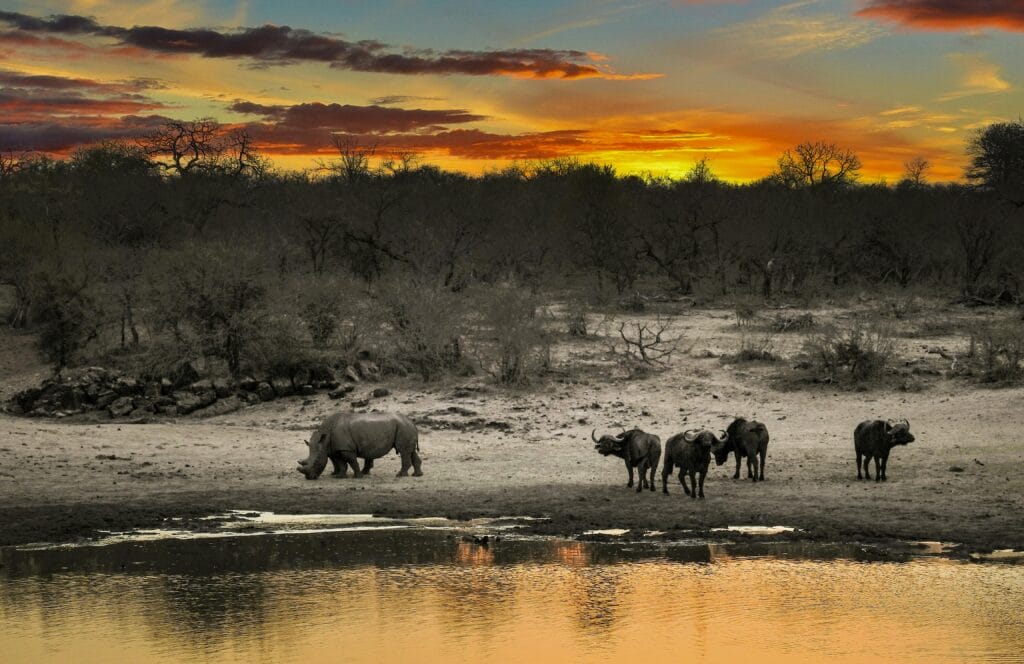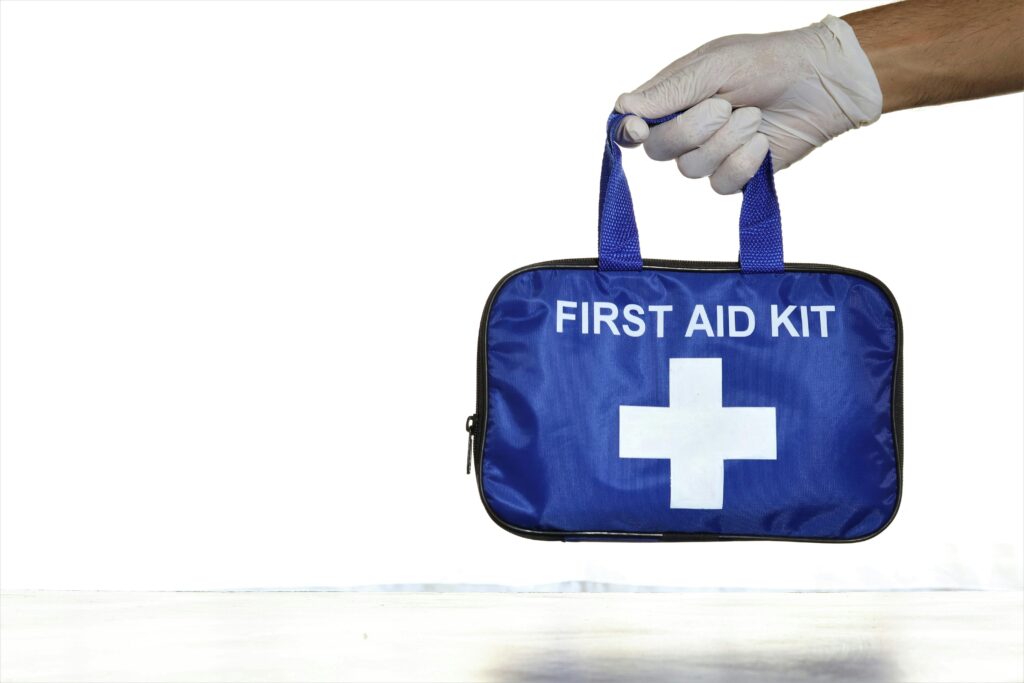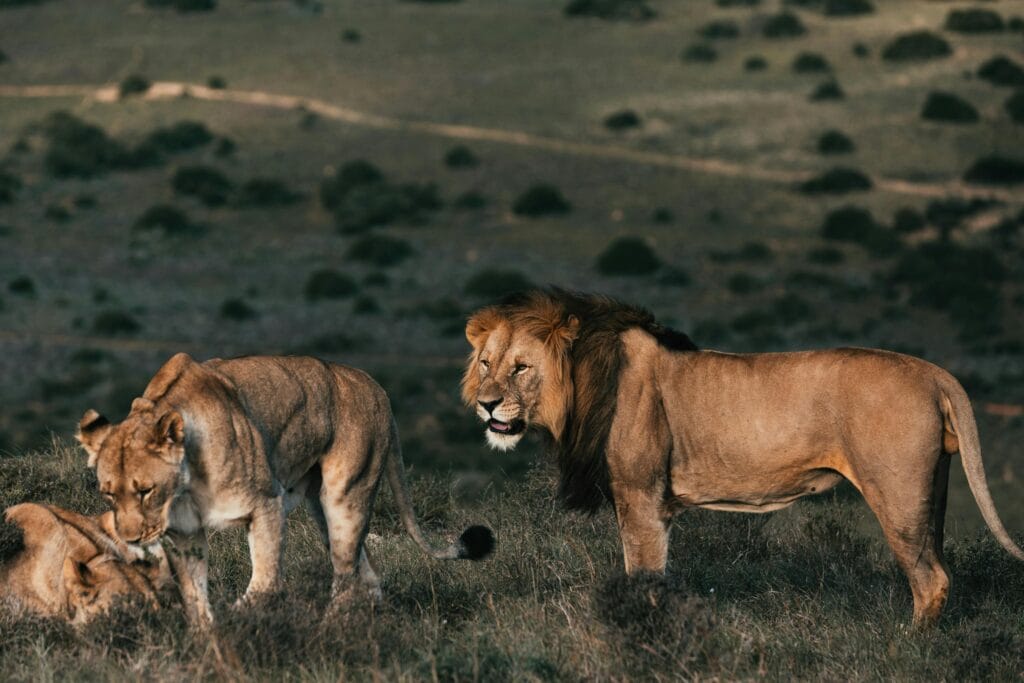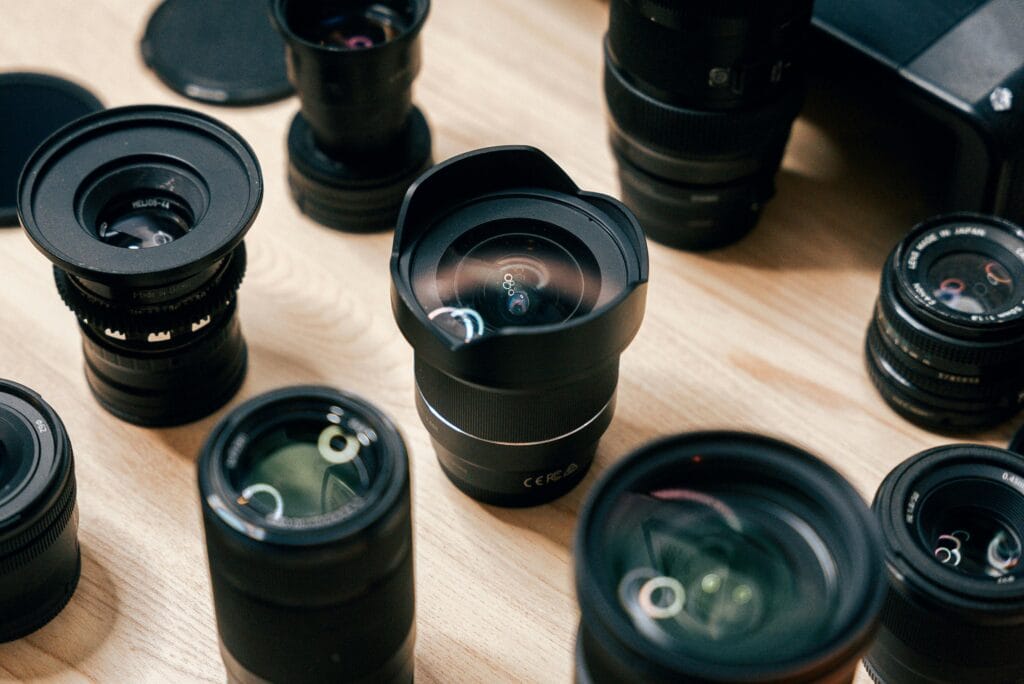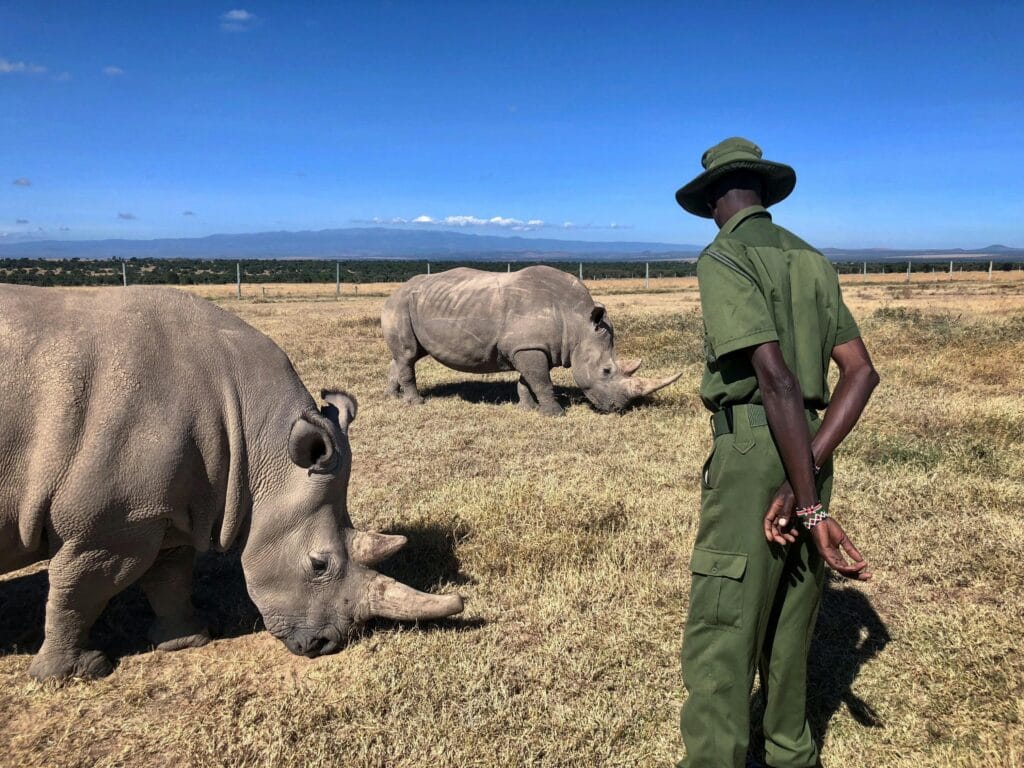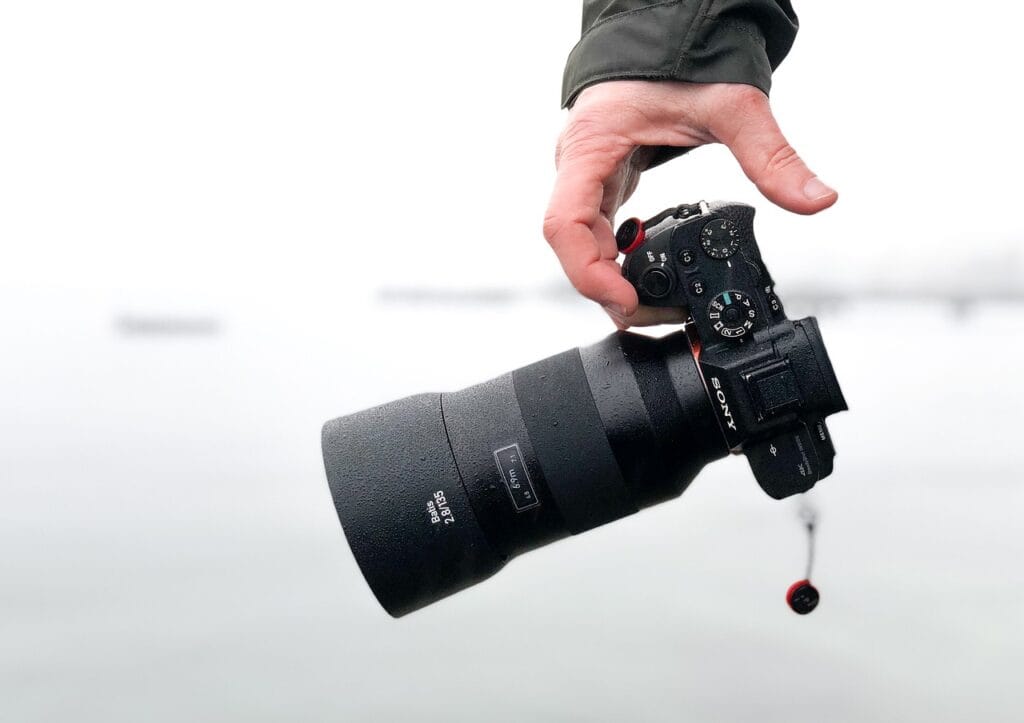Lightweight safari hats and caps
A safari is an incredible adventure, immersing you in the beauty of the African wilderness. But with the excitement comes the African sun, which can be intense. That’s why a proper hat or cap is an essential piece of safari gear. At Future African Safari, we prioritize your comfort and safety, and choosing the right headwear is a key part of that. Customize your Tour Why Headwear is Crucial on Safari: Essential Sun Protection: The African sun can be incredibly harsh, even on overcast days. A wide-brimmed hat or a cap with a neck flap provides crucial protection against harmful UV rays, significantly reducing the risk of sunburn, heatstroke, and long-term skin damage. Effective Temperature Regulation: Lightweight hats and caps play a vital role in regulating your body temperature by providing shade and promoting ventilation. This is especially important in the hot African climate. Reducing Glare for Better Viewing: The bright sun can create significant glare, making it difficult to spot wildlife. A hat or cap effectively minimizes glare, improving your visibility and enhancing your game-viewing experience. Added Insect Protection: Some hats come with built-in mosquito netting or can be easily paired with insect repellent for added protection against bothersome biting insects. Style and Practicality Combined: A well-chosen safari hat or cap not only serves a practical purpose but also adds a touch of style to your safari attire. Choosing the Right Hat or Cap for Your Safari: When selecting a safari hat or cap, consider these important factors: Material Matters: Opt for lightweight, breathable materials such as cotton canvas, nylon, or straw. These materials allow for optimal ventilation and help keep you cool and comfortable. Avoid heavier materials like wool or felt. Brim Size for Maximum Protection: A wide brim (at least 3 inches) offers the best sun protection for your face, neck, and ears. A cap with a neck flap provides similar essential protection for the back of your neck. Ventilation for Comfort: Look for hats or caps with ventilation holes or mesh panels to maximize airflow and prevent overheating in the African heat. Adjustability for a Secure Fit: An adjustable chin strap is essential, especially on windy days, to ensure your hat stays securely in place and doesn’t blow away. Packability for Easy Travel: Choose a hat or cap that can be easily packed in your luggage without losing its shape. Some hats are specifically designed to be crushable or foldable, making them perfect for travel. Color Considerations: Lighter colors reflect sunlight more effectively than darker colors, helping you stay cooler. Khaki, beige, and olive are popular safari colors that blend seamlessly with the surrounding environment. Recommendations for Future African Safari Guests: We highly recommend bringing a lightweight, wide-brimmed hat or a cap with a neck flap on your Future African Safari adventure. Consider these excellent options: Durable Canvas Hats: Durable, breathable, and offer excellent all-around sun protection. Lightweight Straw Hats: Lightweight and stylish, but may not be as durable as canvas hats for rugged safari conditions. Practical Caps with Neck Flaps: Provide excellent sun protection for both the face and neck and are often more packable than wide-brimmed hats. Future African Safari’s Commitment to Your Comfort: At Future African Safari, we are dedicated to providing you with the most enjoyable and comfortable safari experience imaginable. By offering this helpful information, we aim to assist you in making informed decisions about your essential safari gear. Customize your Tour Kilimanjaro 3 tours Safari 9 tours Zanzibar 3 tours


